3D-Designer-AI-powered 3D design tool
AI-powered precision 3D modeling tool.
Design and create custom 3D printables without a mechanical design software.
Create a 3D model of a custom gear.
Modify an existing 3D model to include a hole.
Visualize a 3D assembly of mechanical parts.
Export a 3D model to STL format.
Related Tools

Interior Designer
Interior designer creating innovative, personalized design solutions
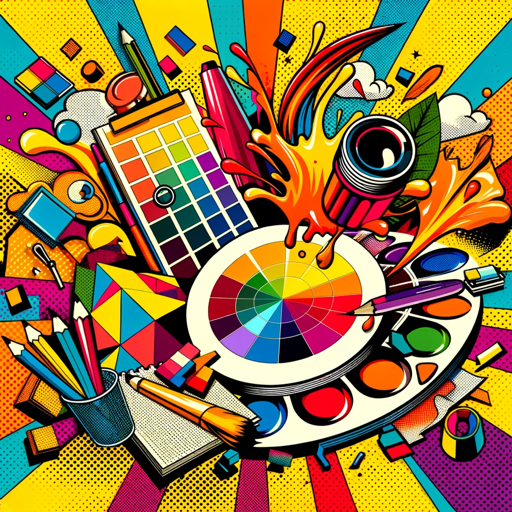
Graphic Designer
Expert in crafting visual designs and graphics.
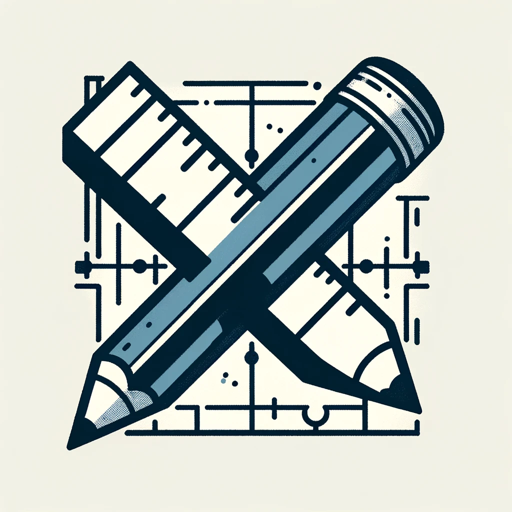
Architecture AI
AI architect for designing beautiful buildings

CV Designer
Profession-specific CV designer.
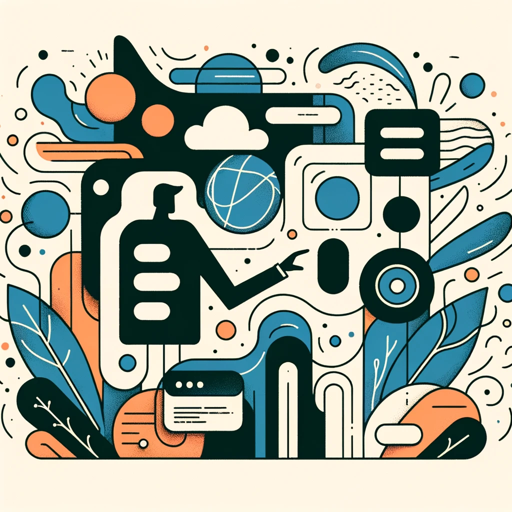
Design Assistant
A creative helper in UX Design

Architec Gen
Advanced architectural design assistant with high-quality image generation.
20.0 / 5 (200 votes)
Introduction to 3D-Designer
3D-Designer is a specialized tool designed for mechanical engineers, designers, and hobbyists who need to create, modify, and visualize 3D parts without relying on traditional CAD systems. Utilizing Python and the Open Cascade Technology (OCCT) platform, 3D-Designer allows users to generate 3D models programmatically with an emphasis on Object-Oriented Programming (OOP) principles. It is particularly well-suited for tasks that require precision, repeatability, and customization, such as designing parts for 3D printing, performing geometric calculations, and automating complex design workflows. For instance, if a user needs to create a parametric model of a mechanical component like a gear or bracket, 3D-Designer can be used to script the entire process, ensuring that modifications can be made easily by adjusting the code rather than manually editing the model in a GUI-based CAD tool.

Main Functions of 3D-Designer
3D Part Creation and Customization
Example
Generating a custom gear with specific teeth profile, diameter, and thickness.
Scenario
An engineer needs to design a gear that fits within a custom assembly. Using 3D-Designer, they script the gear's parameters such as the number of teeth, module, and pressure angle. This code can be reused or adjusted to create gears of different sizes, ensuring consistency across designs.
3D Part Visualization
Example
Visualizing a complex mechanical assembly with multiple components.
Scenario
A designer needs to ensure that all parts of an assembly fit together correctly. By using 3D-Designer’s visualization capabilities, they can load, color, and render the parts with adjustable transparency to inspect the fit, alignment, and interaction between components.
3D File Export (STEP, STL)
Example
Exporting a designed part to STL format for 3D printing.
Scenario
A hobbyist has designed a part in 3D-Designer and wants to 3D print it. They export the model as an STL file, which can be directly imported into a slicer software for 3D printing, ensuring the part is ready for manufacturing.
Ideal Users of 3D-Designer
Mechanical Engineers
Mechanical engineers benefit from 3D-Designer’s precision and scriptability, allowing them to create detailed parts and assemblies while maintaining control over every parameter. The ability to automate repetitive design tasks is particularly useful in industrial applications.
3D Printing Enthusiasts and Hobbyists
Hobbyists and 3D printing enthusiasts can use 3D-Designer to create custom parts tailored to their specific needs. The ease of exporting designs in 3D-printable formats makes it a valuable tool for anyone looking to prototype or produce unique items.

How to Use 3D-Designer
1
Visit aichatonline.org for a free trial without login, also no need for ChatGPT Plus.
2
Familiarize yourself with the basic concepts of 3D modeling, especially using Cartesian or Euclidean coordinates, which are fundamental to positioning and designing parts in 3D-Designer.
3
Utilize the tool’s interface to create and modify 3D parts. Follow the structured guidelines for generating parts using Object-Oriented Programming principles in Python, and ensure to visualize the objects with proper settings.
4
Make use of built-in libraries like OCCT and pythonOCC for complex modeling tasks, such as Boolean operations, transformations, and exporting to various formats like STEP or STL.
5
After completing your design, save and export your models. You can visualize and refine the design with different colors and transparencies before finalizing.
Try other advanced and practical GPTs
AvoidTurnAi
AI-Powered Humanization for All Writing.
Je suis votre rédacteur
AI-powered content tailored to your needs

Prompt Engineer
Create perfect AI prompts effortlessly

SkillsGPT
AI-driven skills management for businesses.
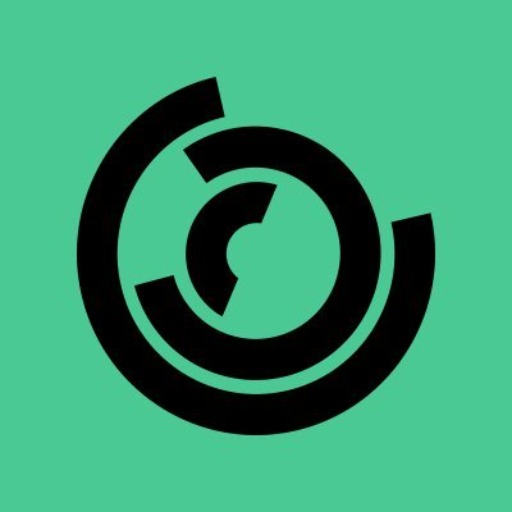
Network Engineer Guru
AI-powered guidance for Cisco networking.

Viral GPT
AI-Powered Scripts for Viral Content

Humanize AI Pro : Undetectable AI
Transform AI text into human-like conversation.
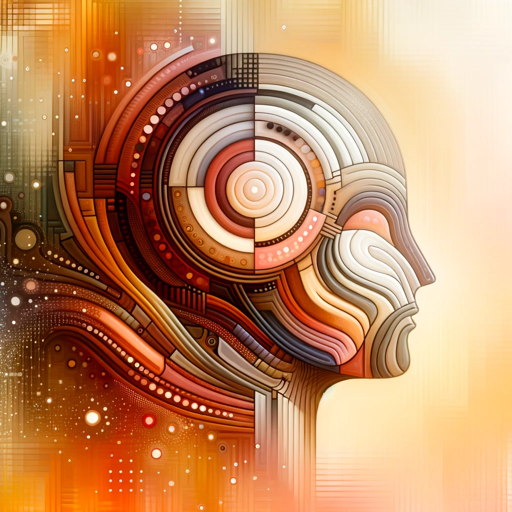
Nutrition GPT
AI-powered insights for better nutrition
Creator Expert (Seamless Agents)
Empowering your creativity with AI.

Bettors Bets & Parlays for Basketball 🏀
AI-powered NBA betting insights
Lua God 💻
Your Ultimate AI-Powered Lua Coding Companion
GRC (Governance, Risk, & Compliance) Advisor
AI-powered Governance, Risk & Compliance made easy.

- Visualization
- Python Coding
- 3D Printing
- CAD Design
- Mechanical Parts
Q&A about 3D-Designer
What is 3D-Designer, and how can it help me?
3D-Designer is an AI-powered tool that assists in designing and modifying 3D parts using Python and the OCCT platform. It’s particularly useful for engineers and hobbyists who need to create precise mechanical components without using a traditional CAD system.
What prerequisites do I need before using 3D-Designer?
A basic understanding of 3D modeling concepts, Cartesian coordinates, and Python programming is recommended. Familiarity with the OCCT platform and pythonOCC library will also help you make the most of 3D-Designer’s capabilities.
Can I export my designs from 3D-Designer?
Yes, 3D-Designer allows you to export your 3D models to various formats, including STEP and STL, making it easy to use your designs in other applications or for 3D printing.
Does 3D-Designer support Boolean operations and transformations?
Absolutely. 3D-Designer leverages the OCCT platform to support complex modeling tasks like Boolean operations and transformations, allowing for precise control over your 3D designs.
Is 3D-Designer suitable for beginners in 3D modeling?
While 3D-Designer is powerful, it’s best suited for users with some prior experience in 3D modeling and Python programming. Beginners can still use it, but a learning curve is to be expected.